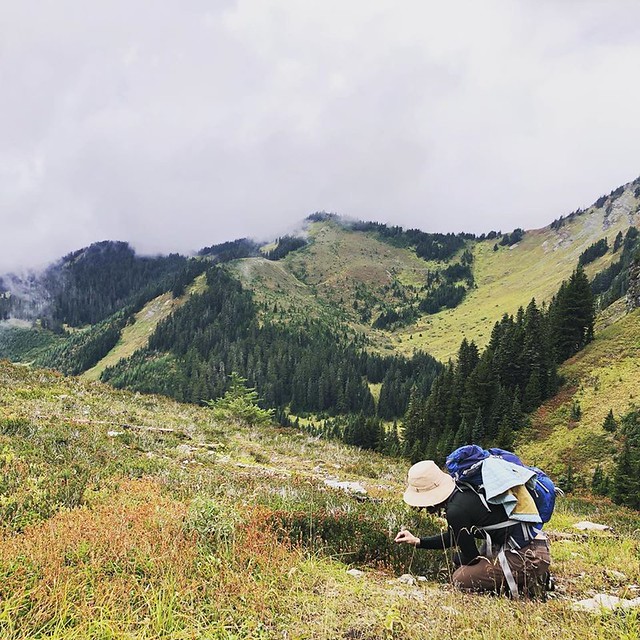For a self-guided tour, use Garden Explorer to locate the maple (Acer) collection mentioned in this month’s post.
Winter is a good time for planning. When it’s cold, the horticultural and curatorial staff spend considerable time planning for the next growing season—what to plant, what to remove, what to prune, and what infrastructure needs upgrading. Speaking of which, the David C. Lam Asian Garden irrigation and trail upgrades that were completed in 2019 are beginning to bear fruit. Access to and the preparation of new planting areas in the Asian Garden are beginning to go ahead, and planning for Asian expeditions in support of collections is well underway.
The acquisition of plants for the Botanical Garden follows a number of routes. Index Seminum, a long-established program of seed sharing among botanical gardens, is an important one for us. Laura Caddy, Curator-Horticulturist of the E.H. Lohbrunner Alpine Garden, oversees the collection, processing, packaging and distribution (every other year) of both locally-wild-collected and UBC Botanical Garden seed. A surprising proportion of the plants in the Garden’s collection are Index Seminum derived. Commercial seed and nursery stock suppliers are also engaged, especially for the Food Garden, Contemporary Garden and the Entrance.
Finally, considerable numbers of plants are derived from wild-collected seed, either collected by our own staff on expeditions, or by partner institutions. These accessions (“known-provenance accessions”) form the scientifically significant mainstay of our collections. A number of present and past staff have made contributions to our wild-collected stock by seed collecting on various botanical expeditions. In particular, Ben Stormes, Curator-Horticulturist of North American Gardens (see below for links to these Gardens) and Andy Hill, Curator-Horticulturist in the Asian Garden, who are both seasoned plant explorers, have made significant contributions.
Our plant collecting is informed by the need to adequately assess the conservation status of target plants prior to collection. This was seldom acknowledged (or indeed necessary in some cases) as a first step in the past. However, to effectively accomplish this goal, there is a need to collaborate with other botanical institutions, to pool resources and maximize the various expertise and means to achieve our goals. UBC Botanical Garden has always been keen on collaborations. Fittingly, Botanic Gardens Conservation International (BGCI) recently asked UBC Botanical Garden to be the lead institution for the Global Conservation Consortium for Acer (GCCA). We have accepted the invitation and look forward to working with BGCI to accomplish the various goals and activities set out for the consortium.
Welcome to the new decade.
North American Gardens:
BC Rainforest Garden
Carolinian Forest Garden
Garry Oak Meadow and Woodland Garden
Other Gardens & Areas
Submitted by: Douglas Justice, Associate Director, Horticulture and Collections


Congratulations on being asked to be the lead institution for GCCA.